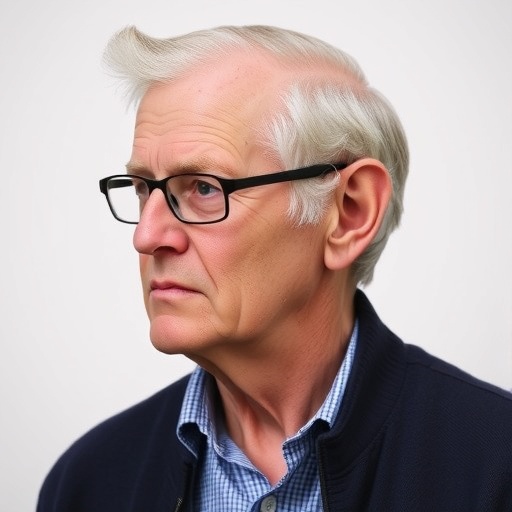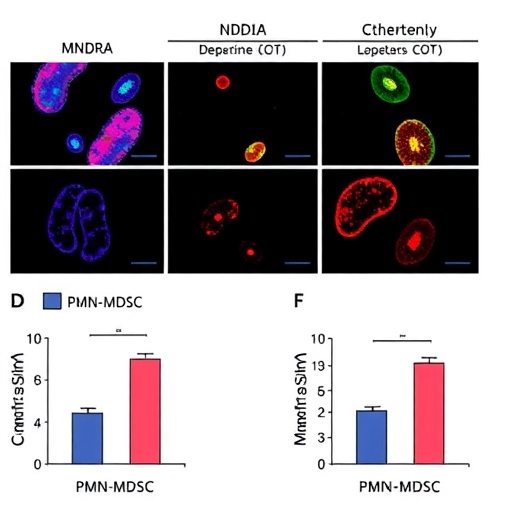Traffic jams are the curse of the commute, the scourge of the school run and the bane of Bank Holidays. But gridlocked motorists and students of traffic flow may soon be relieved and enlightened thanks to new research into plants.It has emerged that plants have it sorted when it comes to going with the flow and avoiding frustrating congestion. These fascinating results come from a joint study by the John Innes Centre, Norwich, and the University of Tokyo, Japan.
“These findings came to us totally out-of-the-blue, surprising us tremendously,” said Dr Veronica Grieneisen from the John Innes Centre.
“Even though we have worked with plants for many years, we were not expecting them to be constantly dealing with such dynamic behaviour” she added.
Jamology, the study of traffic jams, is devoted to discovering why congestion occurs on roads. Researchers in this field use mathematical and real life models to explain how traffic jams happen, sometimes for apparently no reason. One famous Japanese experiment using 22 cars on a circular track confirmed predictions that given certain densities, traffic flows were intrinsically unstable and would inevitably lead to jams.
This experiment showed the unsettling phenomenon where a disturbance of jammed vehicles initiates and moves backwards relative to the cars themselves. Jamologists call this a traffic wave.
The parallels with plants emerged as two teams led by Veronica Grieneisen and Dr Stan Maree at the John Innes Centre and colleagues from the University of Tokyo investigated how plants transport the nutrient boron. This chemical element is essential for plant growth but toxic to the plant cells at high concentrations.
The team noticed that although boron in the soil does not vary unexpectedly, plants have developed elaborate and energy-sapping systems that rapidly respond to boron. These include genetically programmed transporters that respond very rapidly to changes in the levels of boron surrounding the root.
“We asked why plants invest such energy to respond rapidly to a signal that varies slowly in nature,” said Dr Grieneisen.
Using a range of laboratory, molecular genetic and computational mathematical techniques scientists modelled what would happen if they slowed down the plant’s regulation system.
Immediately they noticed that as plants transported boron from one cell to another, instabilities arose and traffic jams developed with high build ups of boron, even in the absence of any bottlenecks.
Instead of flowing from cell to cell the accumulation of boron propagated backwards against the flow, just like a traffic wave.
Dr Grieneisen explains: “We conclude that plants have evolved systems to avoid internal traffic jams. If the transporter regulation were not as fast, cells would periodically experience high boron.
“These peaks slowly move from one cell to the next, against the nutrient flow. Just as in a traffic jam, the position of the jam slowly moves against the vehicular flow.
“In both cases this leads to decreased throughput. On the road, this could mean more accidents. In plants, it causes cell damage due to the toxic boron peaks.
“To avoid detrimental effects, boron regulation needs to be quick – this solved our initial conundrum.”
Dr Grieneisen described the joint research between the John Innes Centre and theTokyo University lab of Toru Fujiwara as a “beautiful collaboration.”
It brought together, imaging, molecular understanding of plant systems with computational techniques and mathematics.
“This research has made us aware that to help plants adapt to harsher environments, we should not only focus on how they handle the external environment, but also consider internal struggles the plants have to overcome – such as intrinsic traffic jams.
Moreover, the principles of the research can be applied to road traffic systems and to other transport systems that we encounter in modern life, says Dr Grieneisen. Plants have evolved simple solutions for overcoming these traffic jams and these can inspire solutions for roads all over the world.
“At the end of the day, plants – even though they are unable to move as we do – are still able to teach us about how to live in the fast lane. There are tremendous hidden dynamics happening within their tissues, and mathematical modelling helps us see this more clearly.”
###
NOTES FOR EDITORS
About the Paper: The article by Sotta et al, “Rapid Transporter regulation prevents substrate traffic jams in boron transport”, published in eLife. The authors, who worked collaboratively over two countries, were: Naoyuki Sotta, Susan Duncan, Mayuki Tanaka, Takafumi Sato, Stan Maree, Toru Fujiwara and Veronica Grieneisen.
Link to the paper: https://doi.org/10.7554/eLife.27038
Press Contact: Felicity Perry – John Innes Centre
Telephone +44 1603 450269, Mobile +44 7881 255193, [email protected]
Illustration link: https://www.youtube.com/edit?video_id=6JgNGpeBUN4&video_referrer=watch
Caption: Spontaneous traffic jams on the road and in plants. A computer image of a circular plant tissue transports the nutrient boron in the clockwise fashion due to its polar cells – green on one end, representing the amount of BOR-protein, a boron efflux carrier, and red on the other, representing the protein responsible for Boron import at that side.
Both these transporters react to the level of boron in each cell, and when this response is not fast, traffic jams arise: high boron levels (blue) develop in a cell as the transporters become weak (red, green), and the high peak slowly moves counter-clockwise, against the nutrient current (right)
The same phenomenon also appears in the moving cars video, were inherent instabilities cause cars to cluster, with the position of traffic disruption moving against the flow of the cars.
The John Innes Centre is an independent, international centre of excellence in plant science and microbiology. Our mission is to generate knowledge of plants and microbes through innovative research, to train scientists for the future, to apply our knowledge of nature’s diversity to benefit agriculture, the environment, human health and wellbeing, and engage with policy makers and the public.
To achieve these goals we establish pioneering long-term research objectives in plant and microbial science, with a focus on genetics. These objectives include promoting the translation of research through partnerships to develop improved crops and to make new products from microbes and plants for human health and other applications. We also create new approaches, technologies and resources that enable research advances and help industry to make new products. The knowledge, resources, and trained researchers we generate help global societies address important challenges including providing sufficient and affordable food, making new products for human health and industrial applications, and developing sustainable bio-based manufacturing.
This provides a fertile environment for training the next generation of plant and microbial scientists, many of whom go on to careers in industry and academia, around the world.
The John Innes Centre is strategically funded by the Biotechnology and Biological Sciences Research Council (BBSRC) and was the winner of the BBSRC’s 2013 – 2016 Excellence with Impact award.
Media Contact
Felicity Perry
[email protected]
01-603-450-269
@johninnescentre
http://www.jic.ac.uk




